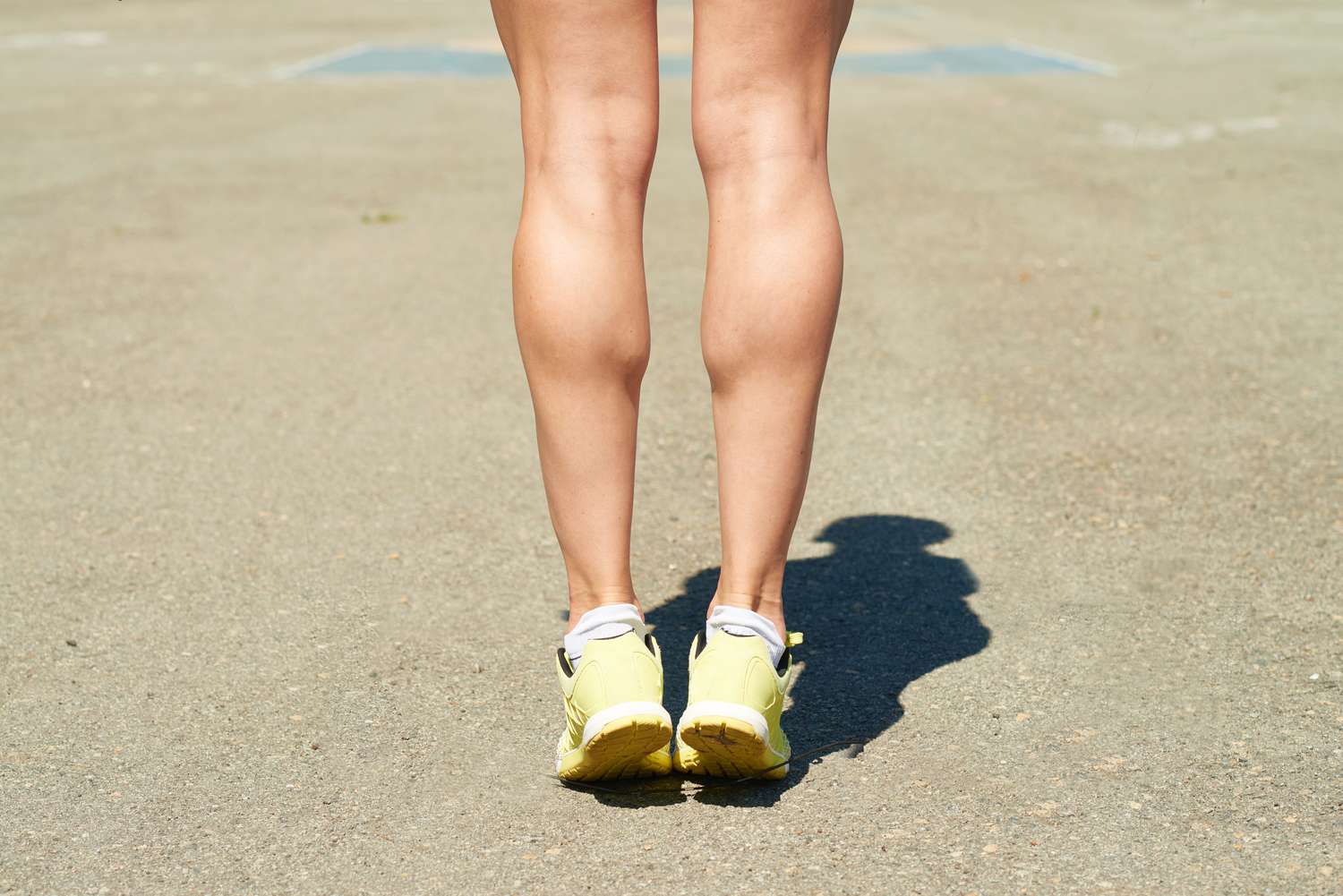Ultimate Guide: Advantages, Techniques, and Modifications

Enhance Lower Body Strength with Calf Raises
If you’re interested in boosting your lower body’s strength and balance, incorporating calf raises into your regular workout routine is an effective strategy. This simple yet powerful movement can be performed virtually anywhere, even while brushing your teeth or waiting for your morning coffee to brew! By regularly performing calf raises, you not only enhance your calves and ankles, but also support your foot muscles and glutes, and even your lower back.
Understanding Calf Raises
What exactly are calf raises? Simply put, a calf raise (also known as a heel raise) involves rising onto the balls of your feet and then lowering your heels back to the floor. It’s a straightforward, low-impact exercise that effectively engages your calf muscles.
As certified personal trainer and fitness manager at New York Sports Club, John Russolillo, explains, “The main movement in a calf raise involves ‘concentric action’ of the calf muscle and flexion of the ankle joint. This is followed by an isometric action – holding at the top and resisting returning back down – as well as a prolonged eccentric action – lowering your heels down.”
Modifications and Variations of Calf Raises
Calf raises can be performed standing or sitting, with one or both legs at the same time. You can increase their intensity by holding weights, or even incorporate them into other exercises like glute bridges or sumo squats. Many gyms even offer machines specifically designed for calf raises. Whether you choose to perform them barefoot or wearing shoes, calf raises are a versatile exercise you can tailor to your fitness level and goals.
The Benefits of Calf Raises
While calf raises primarily target and strengthen your calf muscles, they also offer a host of additional benefits, including:
Improved Foot and Ankle Strength
Calf raises not only work your calf muscles but also help strengthen your ankle joints, ligaments, tendons, and overlooked foot muscles.
Enhanced Overall Body Balance and Control
As calf raises improve strength and range of motion in your calf muscles and ankle joints, they can help increase your awareness of the position and movement of your lower extremities, thereby boosting your overall balance.
Activation of Muscle Groups Along the Back of the Leg
Performing calf raises can also activate other muscles along your posterior chain (the backside of your body), including your glutes and hamstrings, particularly if these muscles tend to be weaker for you.
How to Do Calf Raises
Regardless of whether you’re a beginner or a more advanced fitness enthusiast, calf raises can be adapted to your fitness level and goals. Here are some steps to get you started:
Step 1:
Determine your fitness goals with calf raises and your current fitness level. As a beginner, start with a smaller range of motion, perform calf raises on a stable, flat surface, use both feet on the ground, and consider holding onto something for support. As you advance, you can increase the range of motion, add weights, try single-leg calf raises, or do them without support to test your balance.
Step 2:
Decide on the number of sets and reps. As a beginner, start with three sets of 10 to 12 bilateral calf raises (both legs simultaneously). If you’re more advanced or adding load, do three sets with fewer reps (five to eight).
Step 3:
Start by standing up straight with your feet hip-width apart. Engage your core, maintain a neutral spine, and remember to breathe steadily. Lift your heels off the ground with control, rising onto the balls of your feet. Pause at the top for a second, then lower your heels back to the floor slowly. Repeat for three sets of 10 to 12 calf raises.
—
Read More Health & Wellness News; US Lifestyle News



Leave a Comment